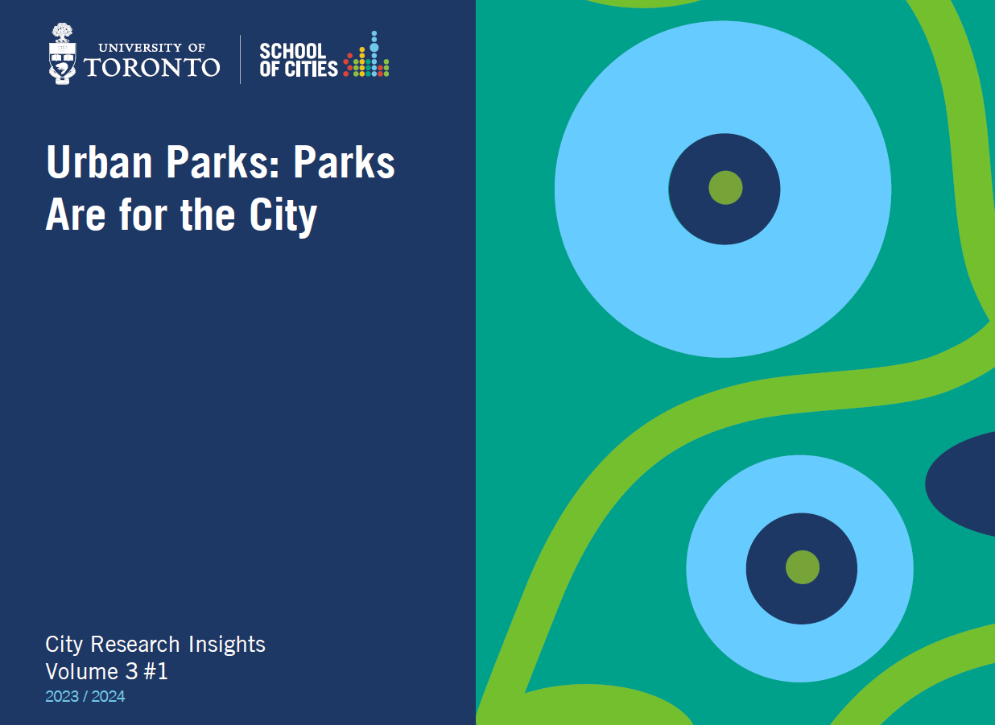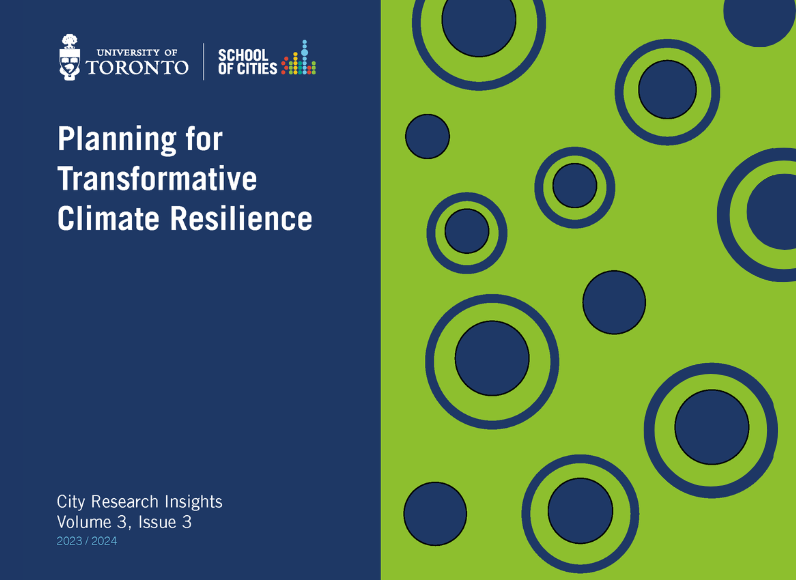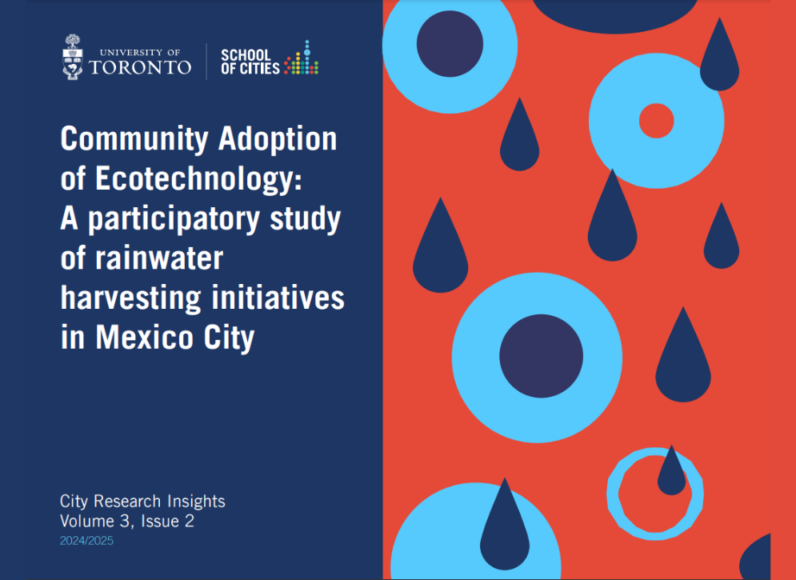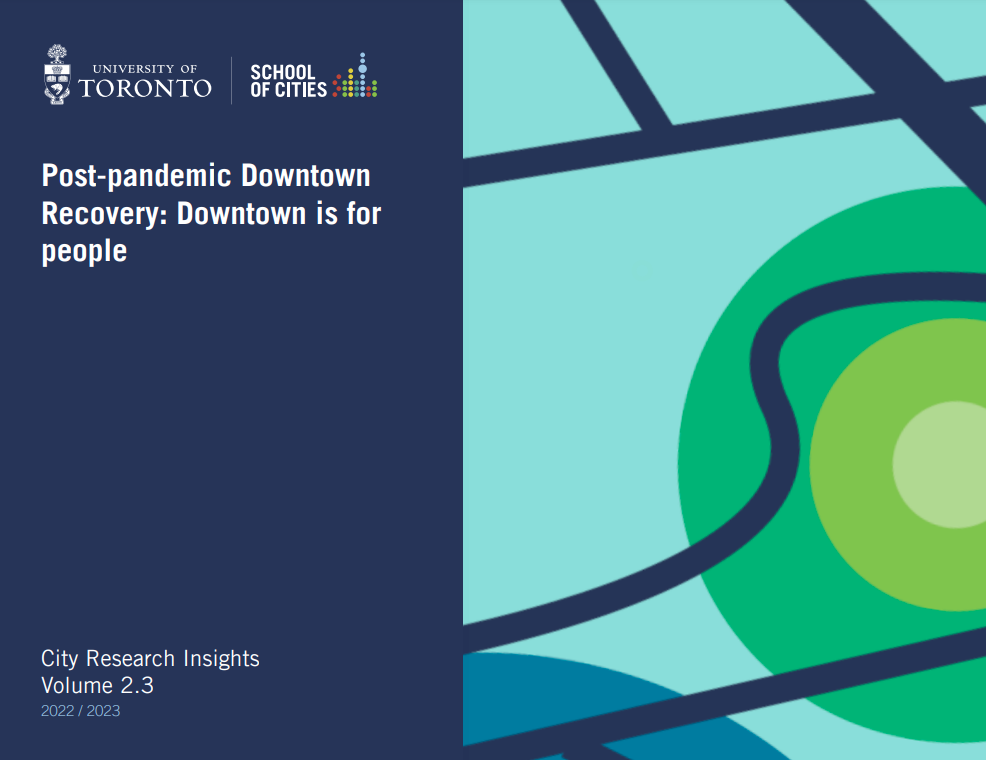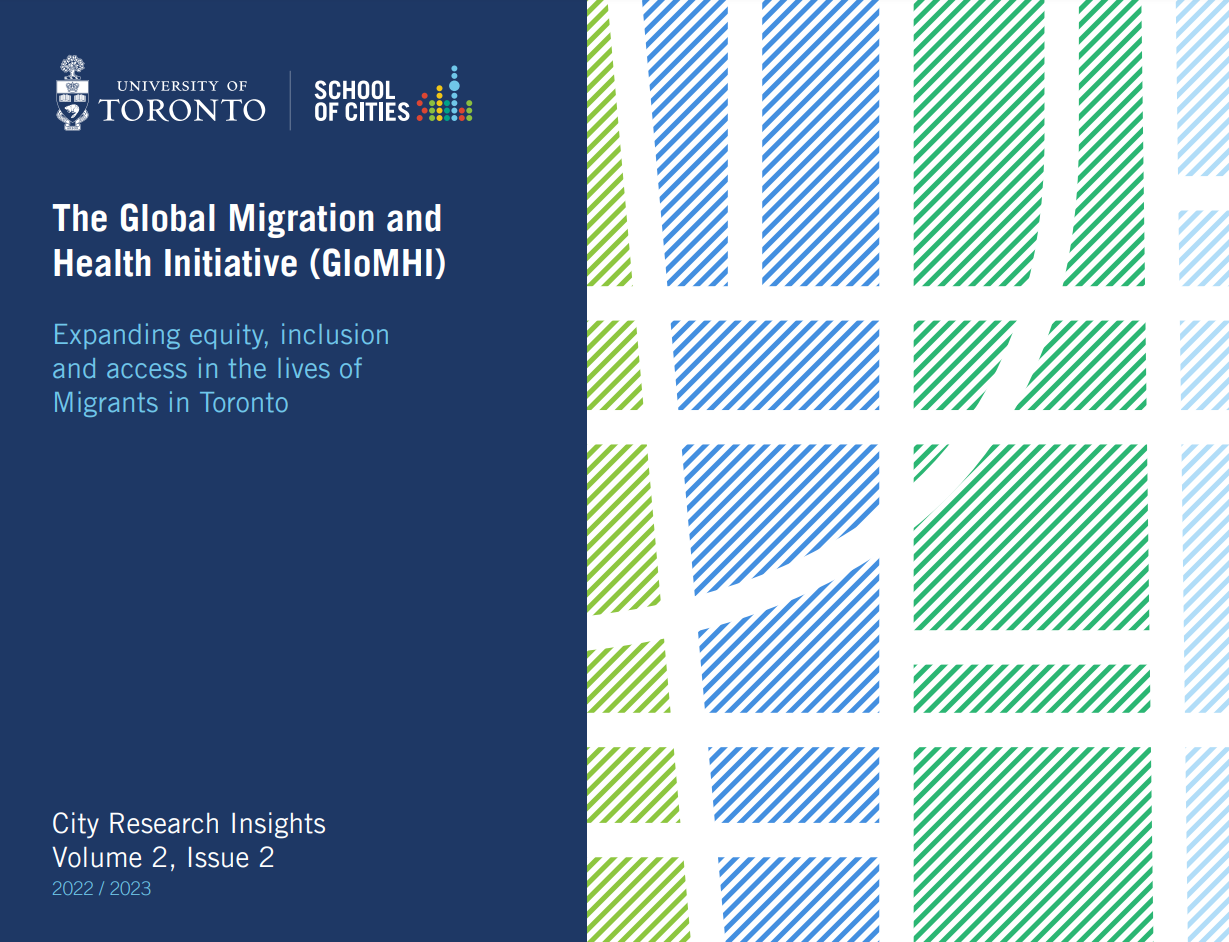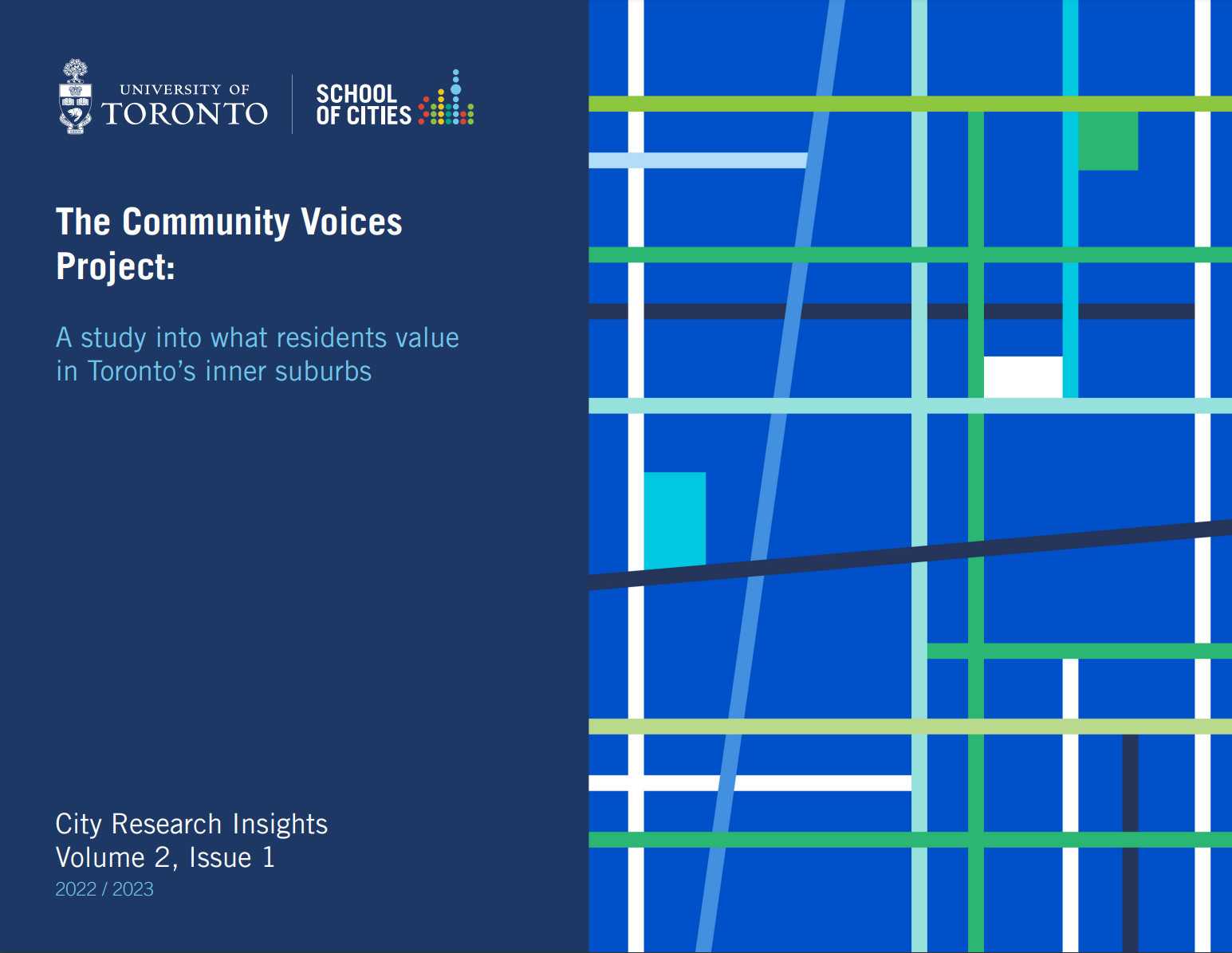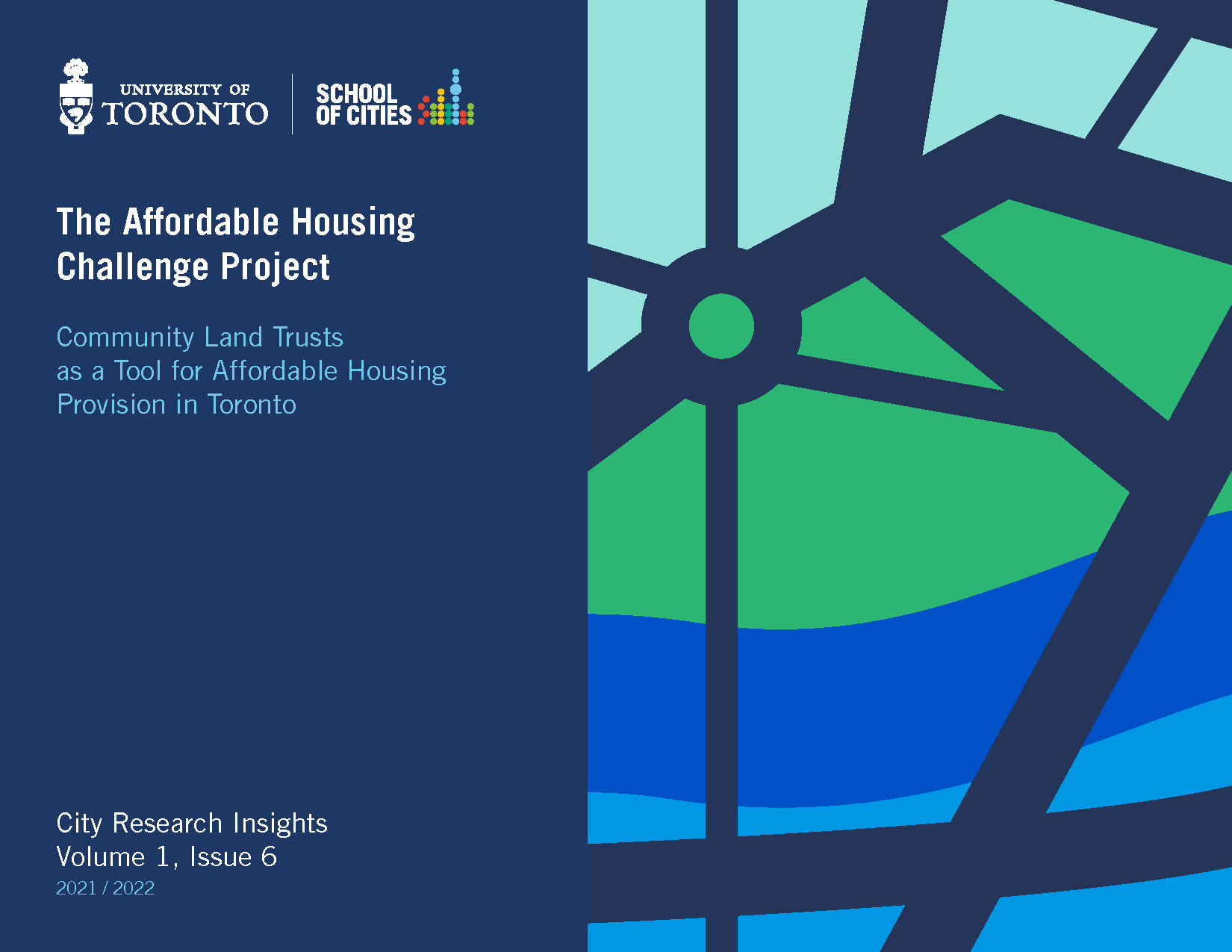Meet two of the experts behind this issue: Alessandro Filazzola and Kim Barrett

Alex, how did the conservation partnership originate?
Alessandro Filazzola: I connected with the local conservation authorities during my Postdoctoral Fellowship at the School of Cities. We discovered that the increasing number of park visitors was a concern. To address this, we sought a solution to capture visitor data and partnered with Halton.

What challenges did you face in managing park use?
Kim Barrett: COVID-19 posed challenges in ensuring safe access to nature. We adapted our operations and implemented smart gates and park passes to manage visitor flow and safety. However, we needed more precise data on visitor distribution and park movements.
How did the Mapbox program address the data gaps?
Alessandro Filazzola: The Mapbox program allowed us to monitor multiple properties,
especially those without attendance monitoring systems or staff present. It provided
insights into visitor activities without tracking individuals, complementing the attendance
data.
Can you explain how this data set influenced park management?
Kim Barrett: We used the data to identify areas with high visitor activity and sensitive
species. This information helped focus monitoring efforts and plan guided hikes to direct
visitors away from sensitive areas, ensuring the conservation and visitor enjoyment.
Were there any barriers to data adoption or privacy concerns?
Kim Barrett: Privacy concerns were addressed through anonymization. The complexity of the dataset was challenging, but the research team helped make sense of it.
Alessandro Filazzola: Anonymization and data quality were addressed, and privacy
concerns shouldn’t be a worry. Computational challenges and adjusting for biases were
obstacles, especially in urban parks.
Where do you see this collaboration heading, and what advice would you give researchers partnering with conservation authorities?
Alessandro Filazzola: The collaboration has been fantastic, benefiting both sides. It can be applied to other park management teams. Collaboration with conservation practitioners allows research to have a real-world impact.
Do you expect any policy recommendations to emerge from this work?
Alessandro Filazzola: The data’s usefulness is encouraging and can be shared with other park managers for similar analyses. Other conservation authorities have shown interest. We were recently contacted by another Conservation authority who said, “We love what you did for Halton. Can you copy-paste it for us?” Sharing the knowledge and replicating the approach can lead to valuable policy recommendations.
Kim Barrett: Collaboration and sharing among conservation authorities can benefit from this data. The partnership has been mutually beneficial, generating practical park management and conservation results. It has been an exciting project that opened up new possibilities, and the data has proven valuable.



